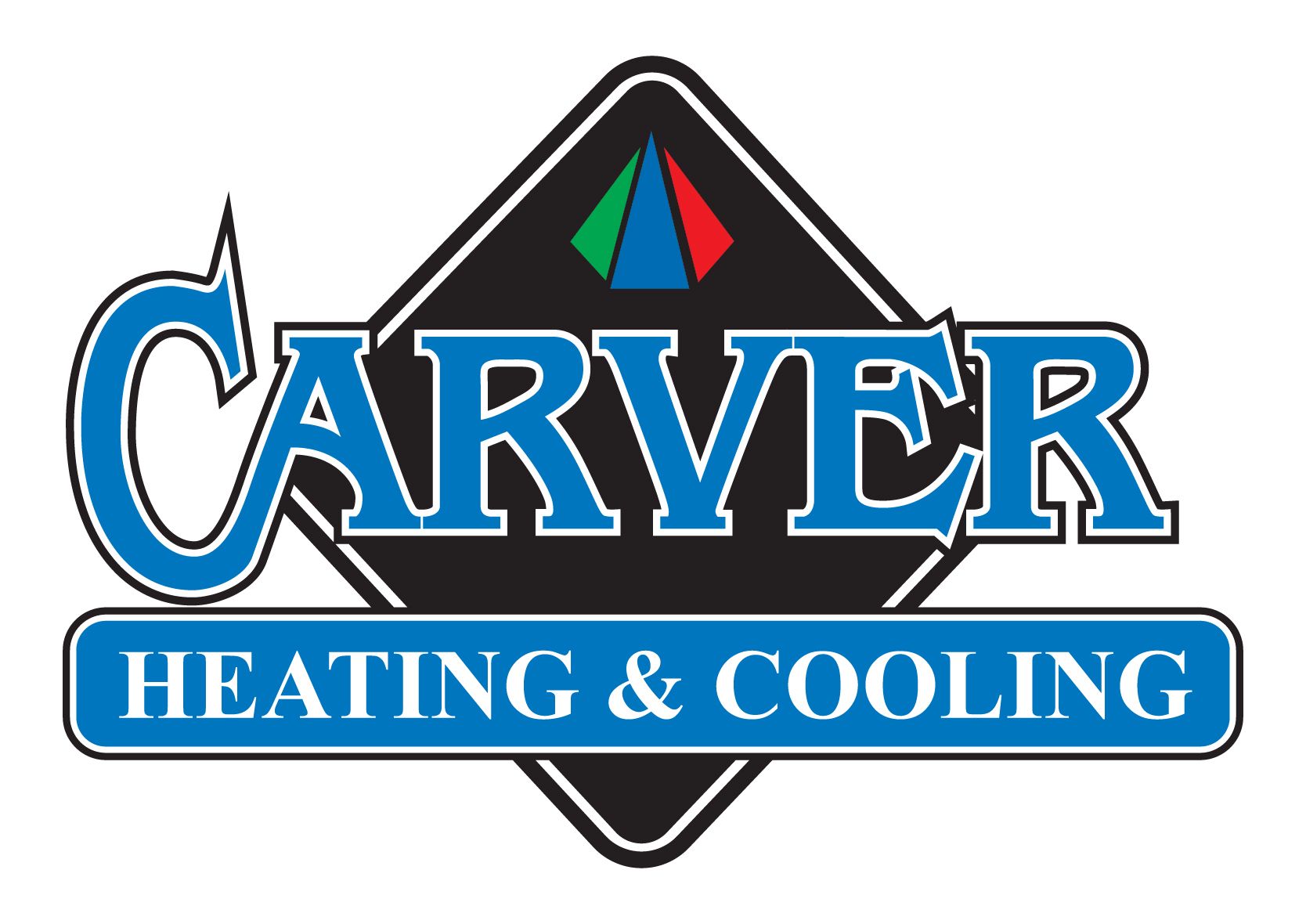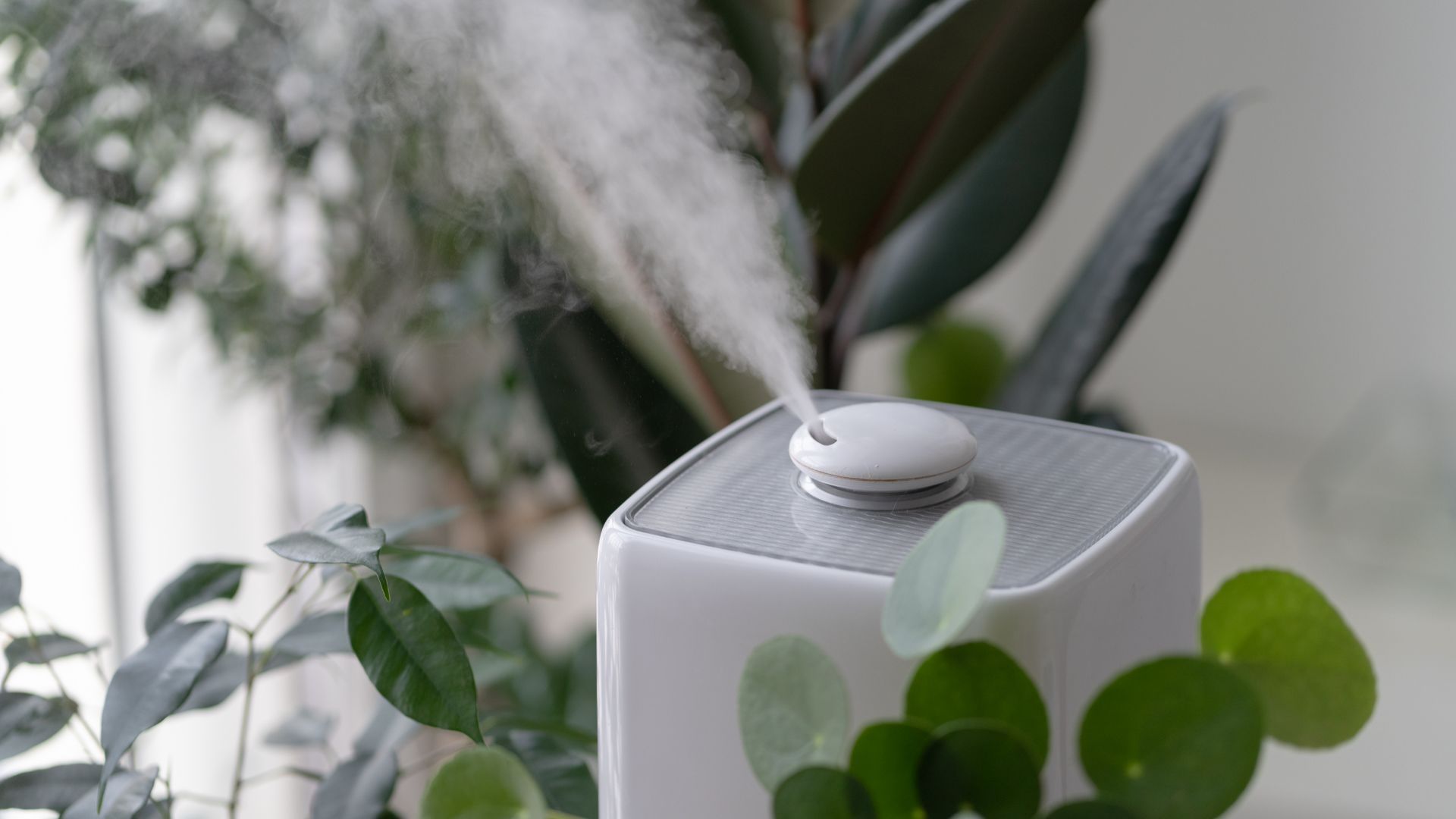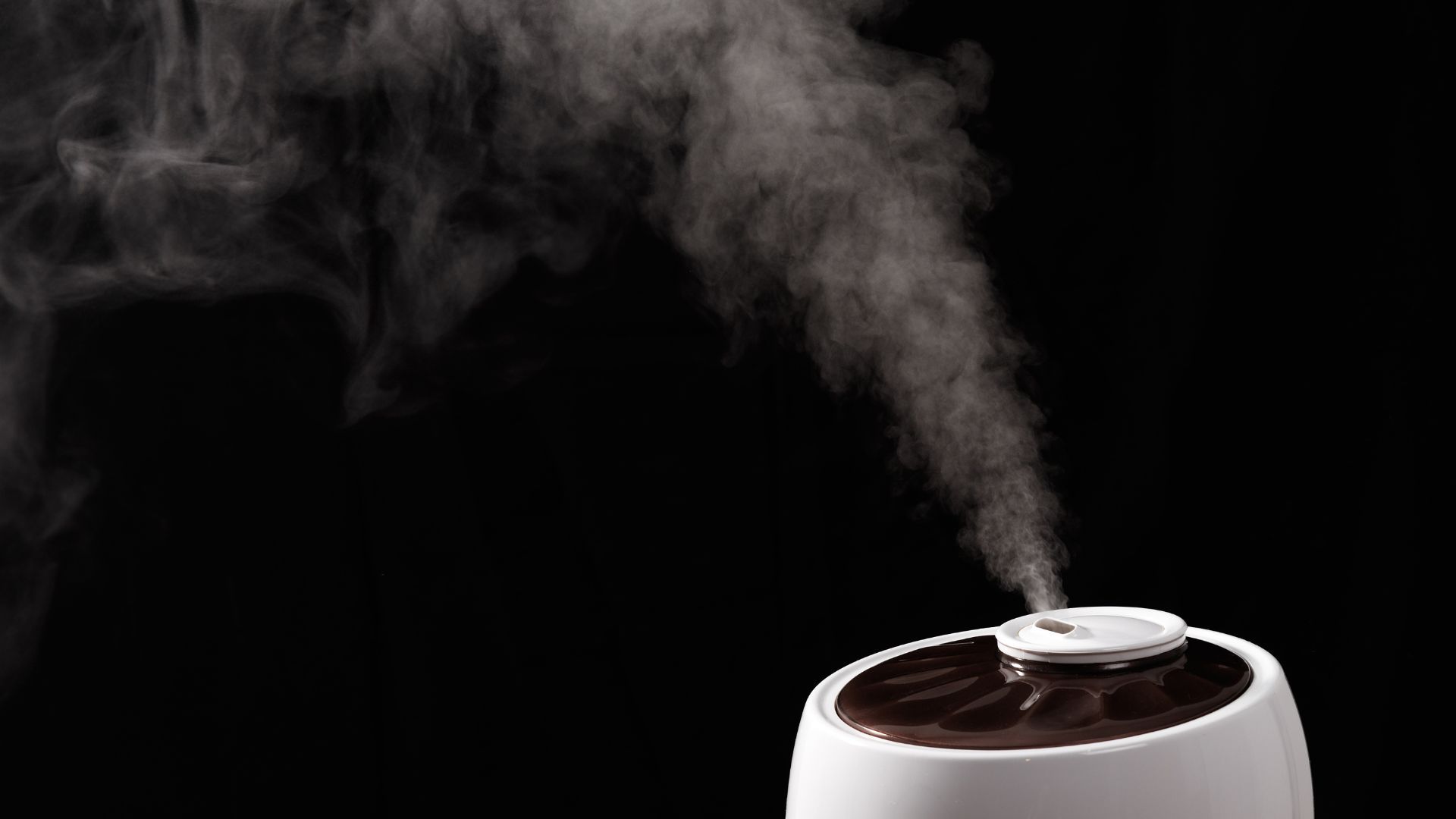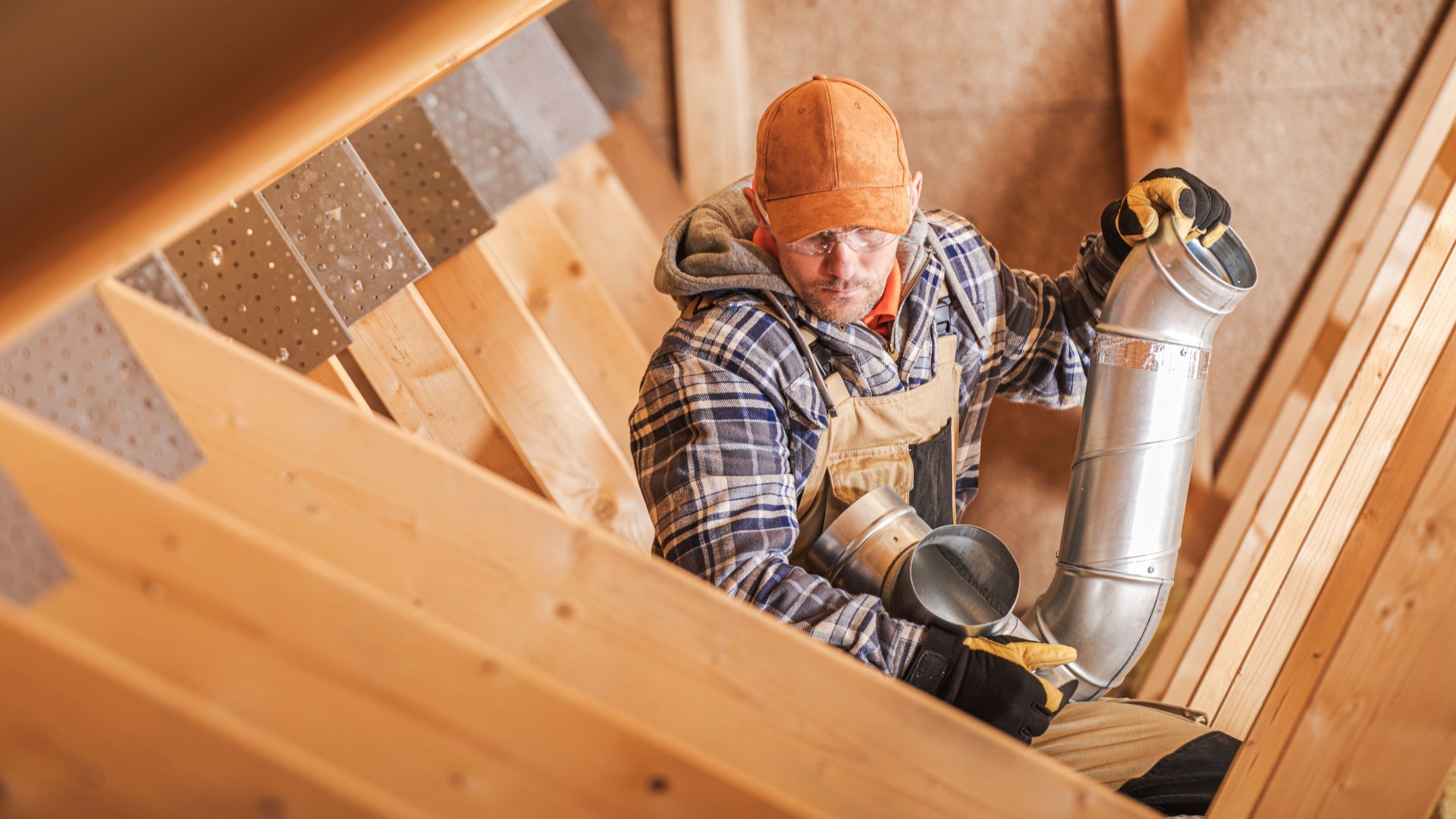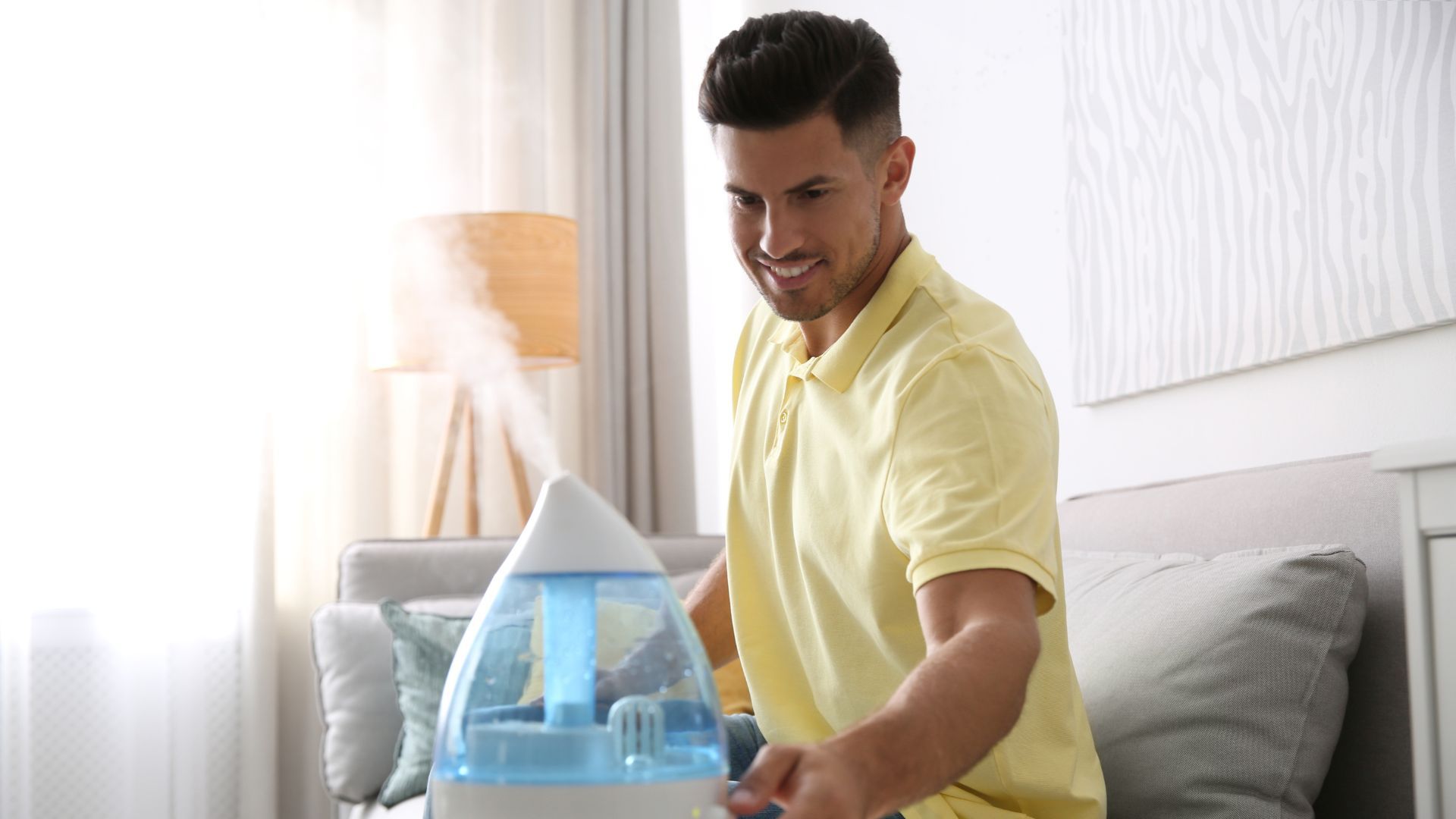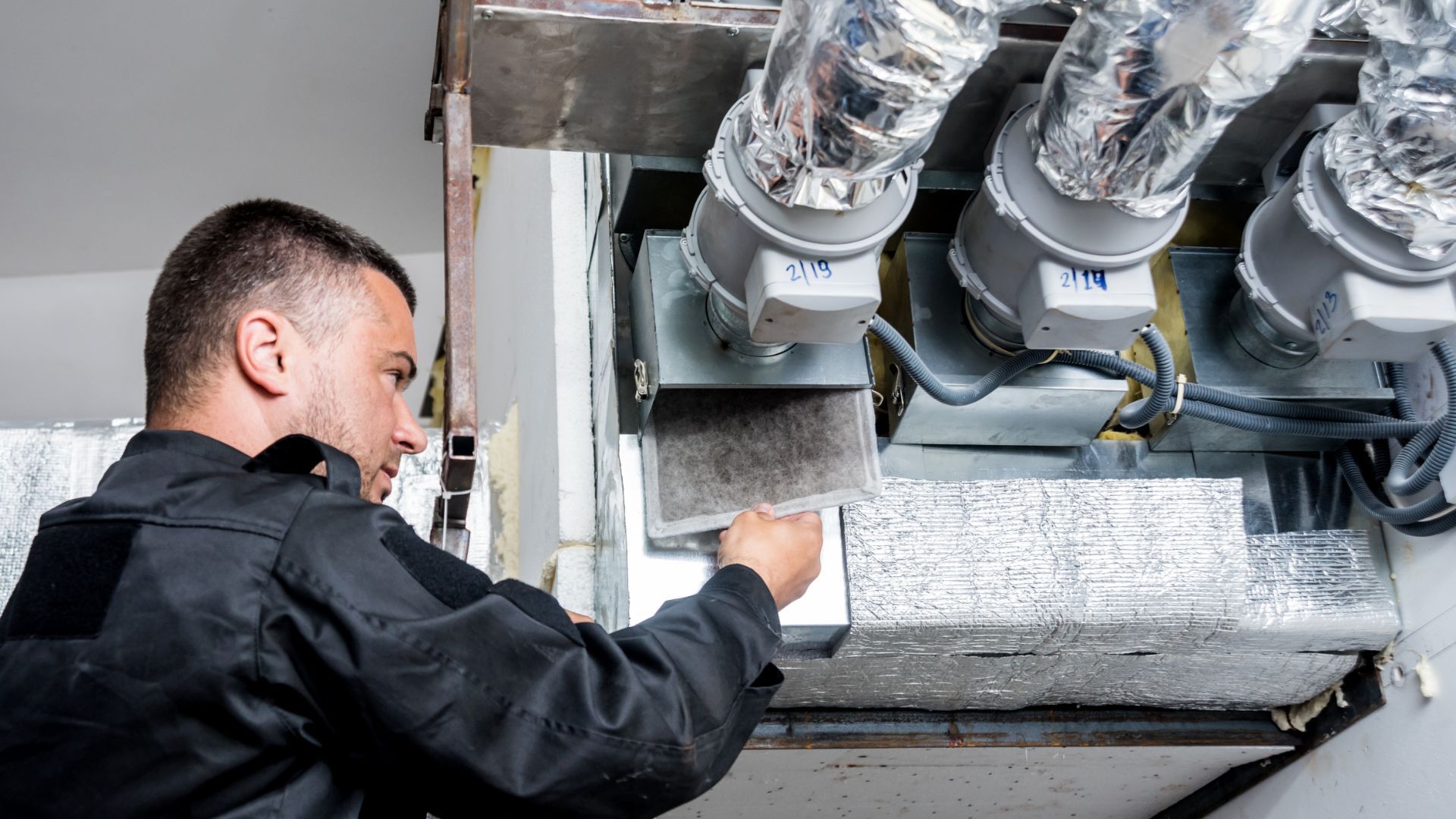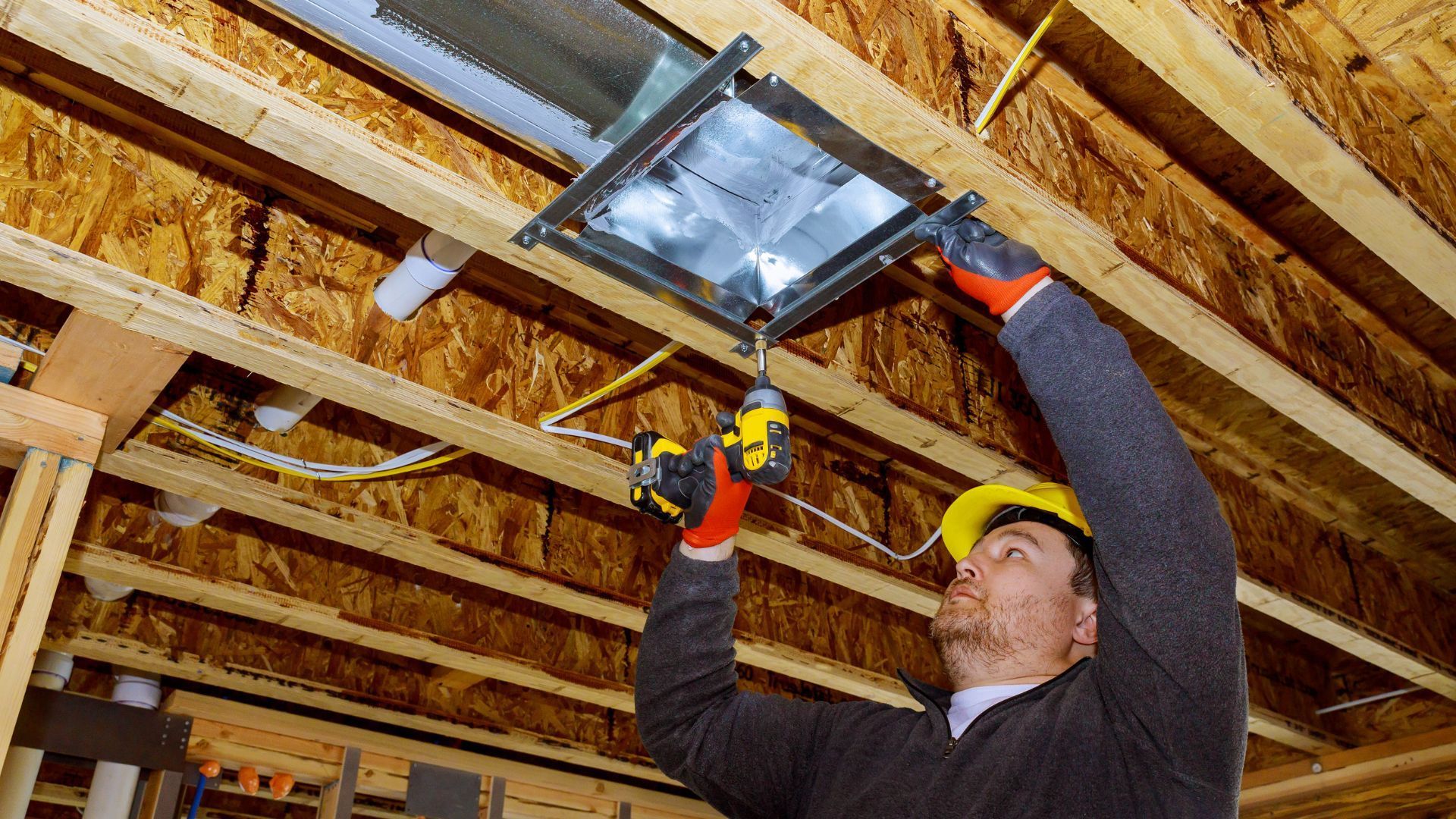Working Hours: Monday - Friday 08:00 AM - 04:30 PM
Understanding the Basics of HVAC Ventilator Units
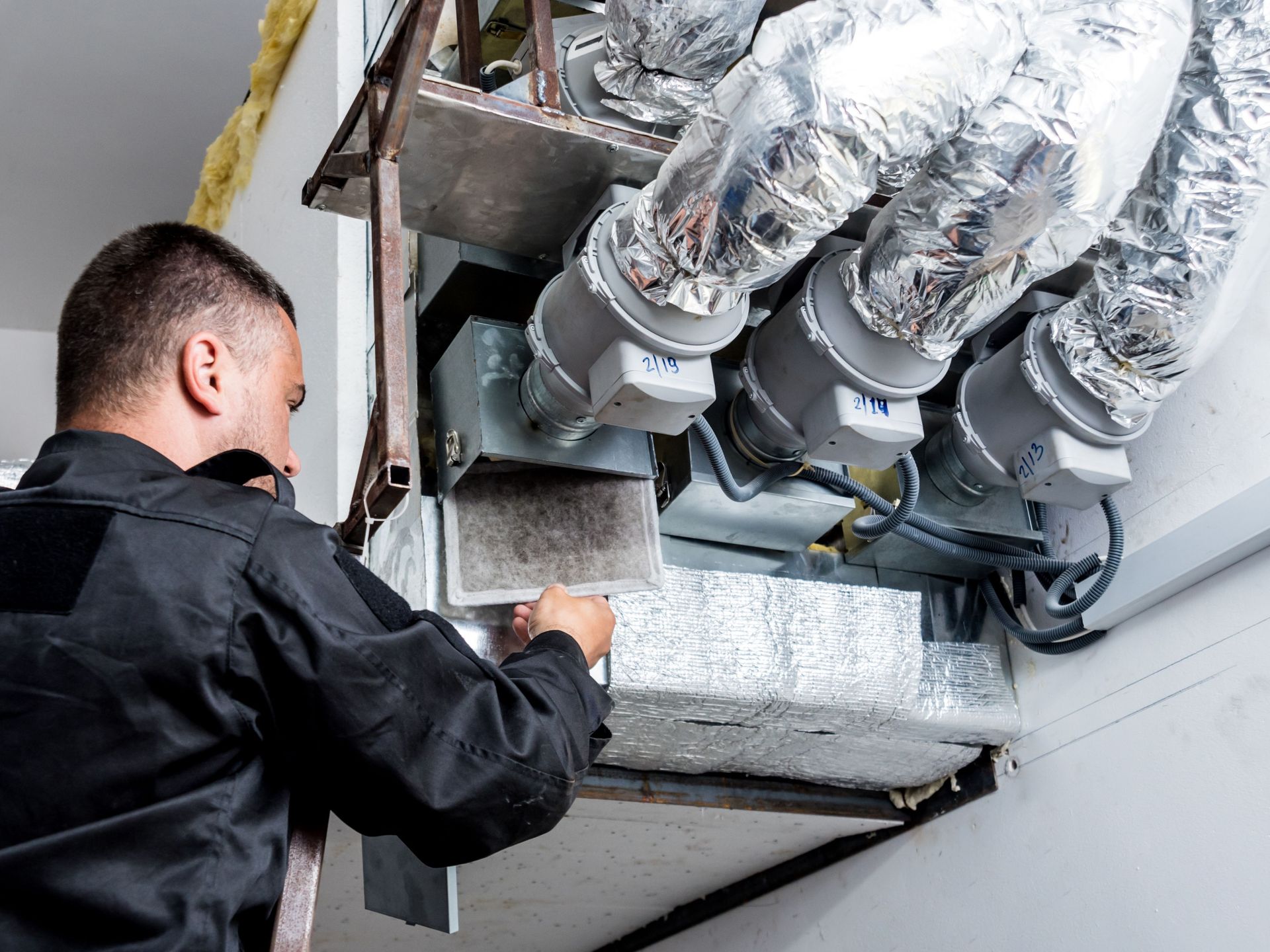
The Heating, Ventilation, and Air Conditioning (HVAC) system is an integral part of any modern building. It plays a vital role in ensuring the comfort and well-being of the inhabitants by providing fresh air, maintaining a desirable temperature, and ensuring good indoor air quality. Without a functional HVAC system, buildings would be uncomfortable, stuffy, and potentially hazardous to our health.
The HVAC ventilator units are the workhorses of the system, and it is essential for building owners, managers, and HVAC professionals to have a clear understanding of how they operate. With this knowledge, they can ensure that the HVAC system is running efficiently and effectively, providing a comfortable and safe environment for all.
Components of HVAC Ventilator Unit
The HVAC ventilation system, a crucial aspect of any building's infrastructure, is made up of several important components that work together to ensure that the air inside the building is clean, fresh, and comfortable. One of the most vital parts of the system is the air handling unit, which acts as the central hub for circulating and filtering the air. The air handling unit is responsible for ensuring that the air inside the building is free from contaminants and pollutants.
Another important component of the HVAC ventilator system is the ductwork, which is used to distribute the air throughout the building. The ductwork is connected to the air handling unit and runs through the walls, ceilings, and floors of the building, delivering fresh, clean air to every room. Without the ductwork, the air handling unit would not be able to circulate the air effectively, leaving certain areas of the building without proper ventilation.
In addition to the air handling unit and ductwork, the HVAC ventilator system also includes vents and grilles. These are the openings through which the air flows into and out of the building. The vents and grilles are strategically placed throughout the building to allow for proper airflow and ensure that the air inside the building is constantly refreshed.
Finally, the HVAC ventilator system also includes filters, which are used to remove contaminants and pollutants from the air. These filters are typically located within the air handling unit and are designed to capture and remove particles such as dust, pollen, and pet dander from the air. By removing these contaminants from the air, the filters help to improve the overall air quality inside the building, making it a healthier and more comfortable environment for the people who live and work there.
Types of HVAC Ventilator Units
There are three main types of HVAC ventilator units: central ventilation systems, local ventilation systems, and natural ventilation systems.
Central ventilation systems, which are the most commonly used type, utilize a central air handling unit to circulate and filter the air throughout the entire building. This type of system is typically found in large commercial or industrial buildings.
On the other hand, Local ventilation systems are designed for use in smaller buildings or specific areas of larger buildings. These systems utilize smaller air handling units and are typically used in specific areas such as bathrooms, kitchens, or other spaces with higher ventilation needs.
In contrast to central and local ventilation systems, Natural ventilation systems rely on the natural flow of air through open windows or vents to provide fresh air to the building. This type of system does not use any mechanical equipment to circulate and filter the air.
Instead, it relies on the natural forces of wind and temperature differences to provide fresh air to the building. This type of system is typically found in residential buildings, or in commercial or industrial buildings with a lot of windows that can be opened.
How HVAC Ventilator Units Work
HVAC ventilator units are designed to filter and distribute the air throughout a building. The process begins with the air handling unit, where outside air is drawn into the system. Once inside, the air is filtered through a series of filters to remove any contaminants, such as dust, pollen, and other particles.
This ensures that the air inside the building is clean and healthy to breathe. After being filtered, the cleaned air is then distributed throughout the building using a system of ductwork.
Importance of Regular Maintenance
Regular maintenance is essential for keeping HVAC ventilator units running efficiently and effectively. Cleaning and replacing filters is one of the most important tasks, as dirty filters can reduce the efficiency of the system and lead to poor indoor air quality.
Inspecting and cleaning ductwork is also important to ensure that the air is flowing freely and that there are no contaminants in the ducts. Scheduling professional maintenance is also a good idea to ensure that the system is running at peak performance.
Conclusion
The function of HVAC ventilator units is crucial in ensuring the overall comfort and well-being of those occupying a building. It is important for building owners, managers, as well as HVAC professionals to have a foundational understanding of these units and their operation.
Regular maintenance is a vital aspect in keeping the system running at optimal efficiency and performance. Neglecting to properly maintain your HVAC ventilator unit can lead to a host of issues such as decreased comfort levels and poor indoor air quality.
By consistently performing maintenance on the unit, building inhabitants can have peace of mind that they are breathing in fresh and clean air while enjoying a comfortable temperature. And also it is important to use the high-quality filters to make sure the air is clean and fresh.
Furthermore, proper maintenance can also help to prolong the lifespan of the unit and potentially save money on costly repairs in the long run. It is essential to schedule regular inspections, cleaning and tuning of the unit to ensure smooth operation and longevity of the system, ultimately saving cost and ensuring the health and comfort of the building's occupants.
Want to own one for your home or business in London, Ontario? Call us now to choose from a wide range of quality equipment.
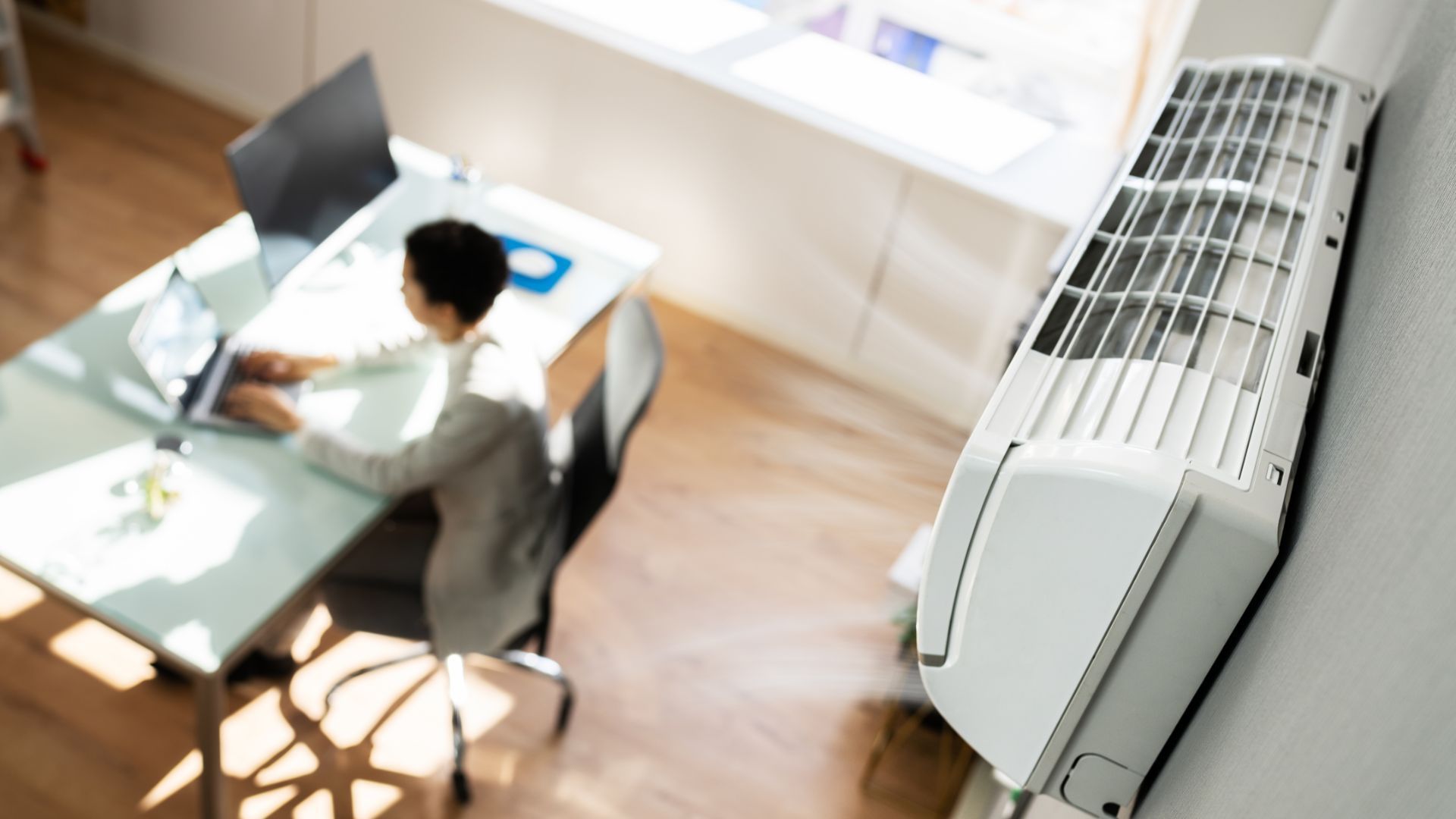
INFORMATION
176 Rectory St, London, ON N5Z 2A5, Canada
Follow us on Facebook
BROWSE OUR WEBSITE
EMERGENCY SERVICE
